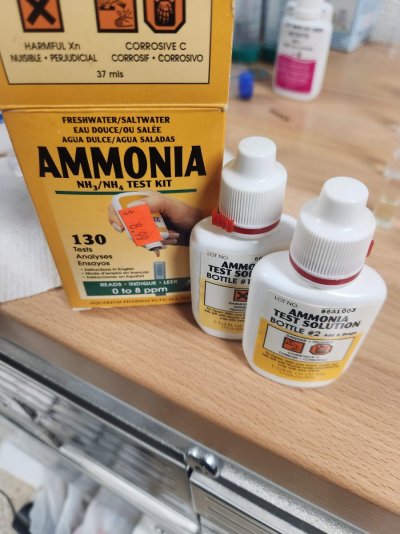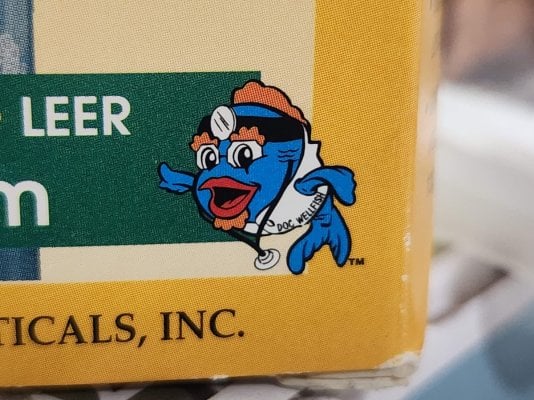- Joined
- Sep 21, 2018
- Messages
- 6,701
- Reaction score
- 7,184
Had a similarly crappy experience with API phosphate and after that quit trying to make PO4 test an accurate and inexpensive test.I bought another API phosphate kit to use in the Hanna yesterday. I noticed 3 things.
1) the zero phos calibration on new salt water was a lot higher than the previous test kit. Old test kit read 0.51 on Hanna, new test kit reads 1.10. (There May be a little phos in the salt I suppose), but that’s a big jump.
2) the slope of colour change seems to have changed dramatically. Previously there was a 1:1 relationship between API increase and theoretical increase. For example, simply subtracting the 0.51 starting point from any reading with API gave a good reading throughout the entire range. This appears now not to be the case with the new API kit. it’s actually a much shallower slope, almost 1:2. For example, a theoretical increase of 0.3 is resulting in an API/Hanna increase of 0.16.
3) initially I was getting extremely wobbly results, with numbers wobbling around by 0.14. Strangely this happened with the original test kit to begin with, but settled down after a while. I shook the living daylights out of both API bottles in the new kit (not in the instructions as far as I can see), and it settled down.
Waiting for Hanna reagents to arrive to get my sanity back.
I hope recounting this helps with the re-sanity-tizing.




















